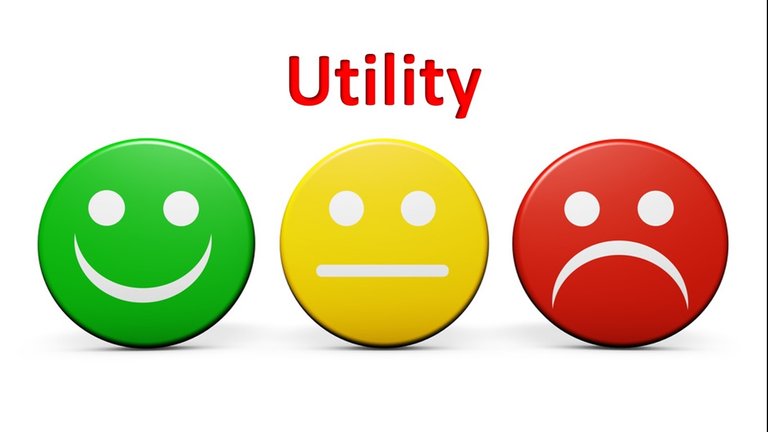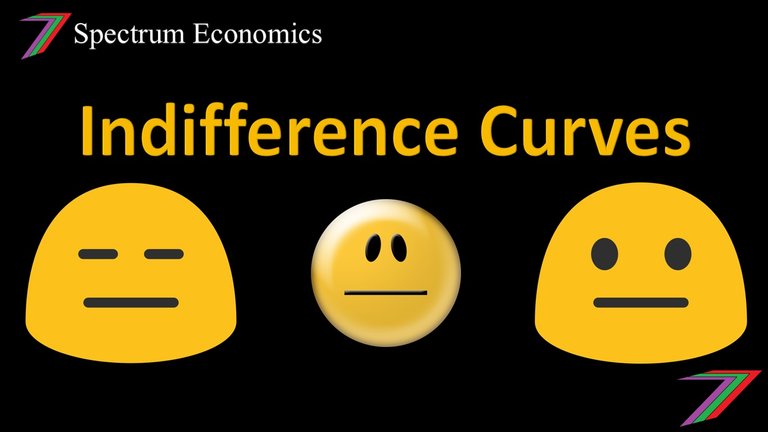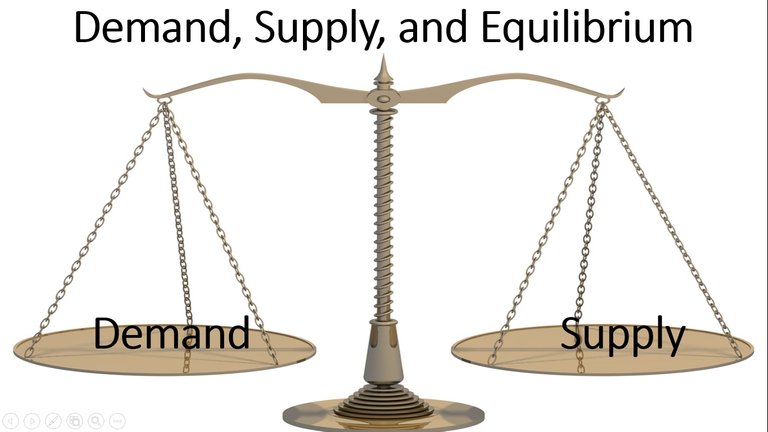
Hi Everyone,
This is a short video that briefly explains indifference curves and how they can be used to explain decision-making. Indifference curves and indifference curve analysis can be considered as part of consumer theory which investigates people’s purchasing behaviour. At the end of this post I have links to my other posts and videos relating to consumer theory and utility.
What is an indifference curve?
An indifference curve is a curve that shows all the combination of goods and/or services that yield the same level of utility. Indifference curves are typically represented on a two-dimensional plane for 2 goods or services. This is generally impractical for real world representation as people have a selection of a multitude of goods and services. Indifference curves can serve as good teaching tool. Indifference curve can help explain relationships between various types of goods (complements and substitutes).
Real life application of indifference curves
Indifference curves can be used to explain why people desire particular quantities of certain good and services. For example, if there was a shortage of bread. It is likely that demand for complements to bread such as jam, peanut butter, butter, and preserves will fall. This is because these goods are normally bought together. One has little value without the other. Indifference curves are an easy way to explain this type of phenomena compared to mathematical equations.
Questions
Below are two questions relating to the content of this video. The first person to get both questions correct will win 1 SBD. All attempts will receive an upvote. I will also upvote the most engaging comments , see here for more information.
Question 1

Question 2

Other related posts
For more information on indifference curves and other aspects of consumer theory, you can access my other posts and videos using the following links.
My indifference curves post can be accessed using the following link:
For more information regarding demand, supply and equilibrium, you can read my Steemit blog using the following link:
You can also watch my demand and supply video on Dtube using the following link:

For more information on utility, you can read my Steemit blog using the following link:







▶️ DTube
▶️ IPFS


A
C
You can also watch this video on YouTube using the following link:
Sir whats the ans of puzzle..?@spectrumecons
Hmm C although I would argue they are substitutes goods unless we are looking at a brand as a factor as individuals will switch between on the basis of price.
They are both shoes so no change whatever one is cheaper all else equal is what consumers prefer till equilibrium between both preferences are reached so think it would be a mild change.
For second one looks like C since an inferior good is not a substitute unless their is a willingness it likely would be a forced decision based on income.
If the economy is doing bad then people will buy more cup noodles and kraft dinner over beef and ribs etc.
So D, C
Thanks for providing logic behind your answers.
1.B
2.B
There's no substitute for a good economics video...
1.B but it would rather depend on my brand preference
2.B
Ans1:-A
Ans2:-D
1.B
2.C
1.C
2.C
Answer D
Answer B
I'm sure the answer is definitely what I answered is easily hope
Answer 1 (A)
Answer 2 (C)
1:C
2:C
EVERY GOOD LUCK
Q. 1: B
Q. 2: A
I'm taking a shot here:
The first question the answer is (B)
The second question the answer is (c)
Answer 1: A
Answer 2: D
I'm not sure, but I think it's
1.C
2.C
B
A
A
C
D
C
C
C
Answer 1= C
Answer 2= A
Correct and can b according to my guess
1.B
2.c
Plzz let me know I'm ri8 or wrong ty@spectrumecons
Hello, @spectrumecons!
As always, you have great ideas for contests. So, here is my entry:
Question 1: (B)
Question 2: (C)
Have a great day!
Thanks @allesia, I wish you a great day too.
Ques.1. B
Ques.2. D
Question 1(A) and Question 2 (C)
Funny, because I'd also pick a banana over an orange anyday. I remember doing something like this in school but I wasn't patient enough to listen to a teacher droning about lines on the board....lol.
Well, here are what I think are the answers :
1 C
2 C
Bananas are the best. Very easy to eat and less messy then most fruit. Also taste great.
The answers are:
And in my opinion peanut butter has a lot of value without bread. :)
Good point it can be used in a quite few different dishes. My sister uses it to make her peanut butter protein balls.
1.B
2.C@spectrumecons
1: (D)
2: (B)
1.B
2.C
Ques.1. (A)
Ques.2. (C)
Ques.1. (C)
Ques.2. (D)
Ques.1. (C)
Ques.2. (C)
Ques.1. (B)
Ques.2. (D)
Ques.1. (A)
Ques.2. (A)
1.B
2.B
Q.1 c
Q.2 b
1). B
2).D
My answers:
1.B
2.D
Q1: C
Q2: B
There are my answers, have a nice day!
Respuesta 1 Opción C.
Respuesta 2 Opción C.
Pero tengo una pregunta que deseo formular aquí. En Venezuela cuando había alimentos, casi nadie compraba maíz en granos (no procesado). Pero cuando los procesados dejaron el mercado, el maíz en grano tuvo un alza. El maíz no procesado sería el sustituto. Ahora ya que este cambio obedece a la necesidad de alimentarse de la gente; ¿hasta que punto juegan la "necesidad" y el simple "gusto" por un producto en cómo se desarrolla la curva de indiferencia? ¿Puede invertirse ese proceso? ¿Cuanto tiempo llevaría? Espero hacerme entender... Saludos
Question 1: (B)
Question 2: (C)